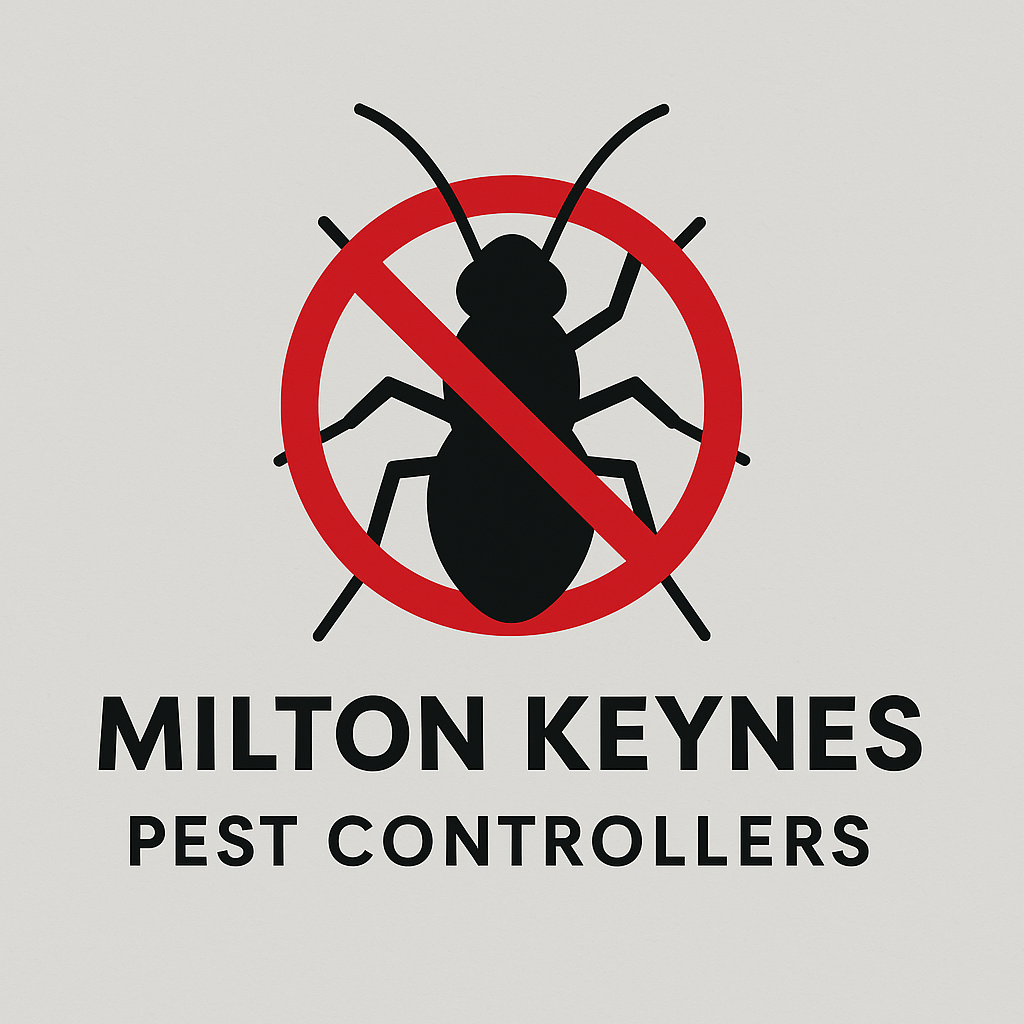Contact Us
For your Pest Control Quote or for any questions on our service please call us on
01908 465226
Complete your details for a quote


For your Pest Control Quote or for any questions on our service please call us on

